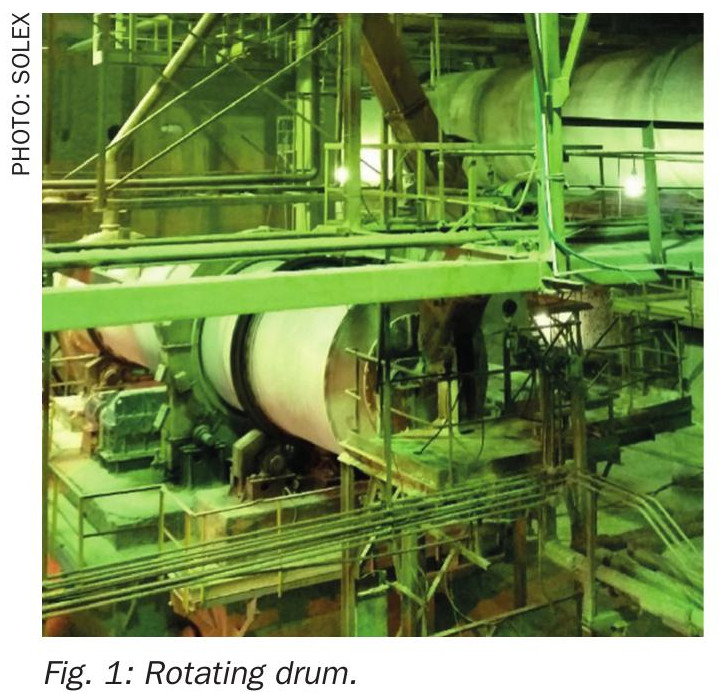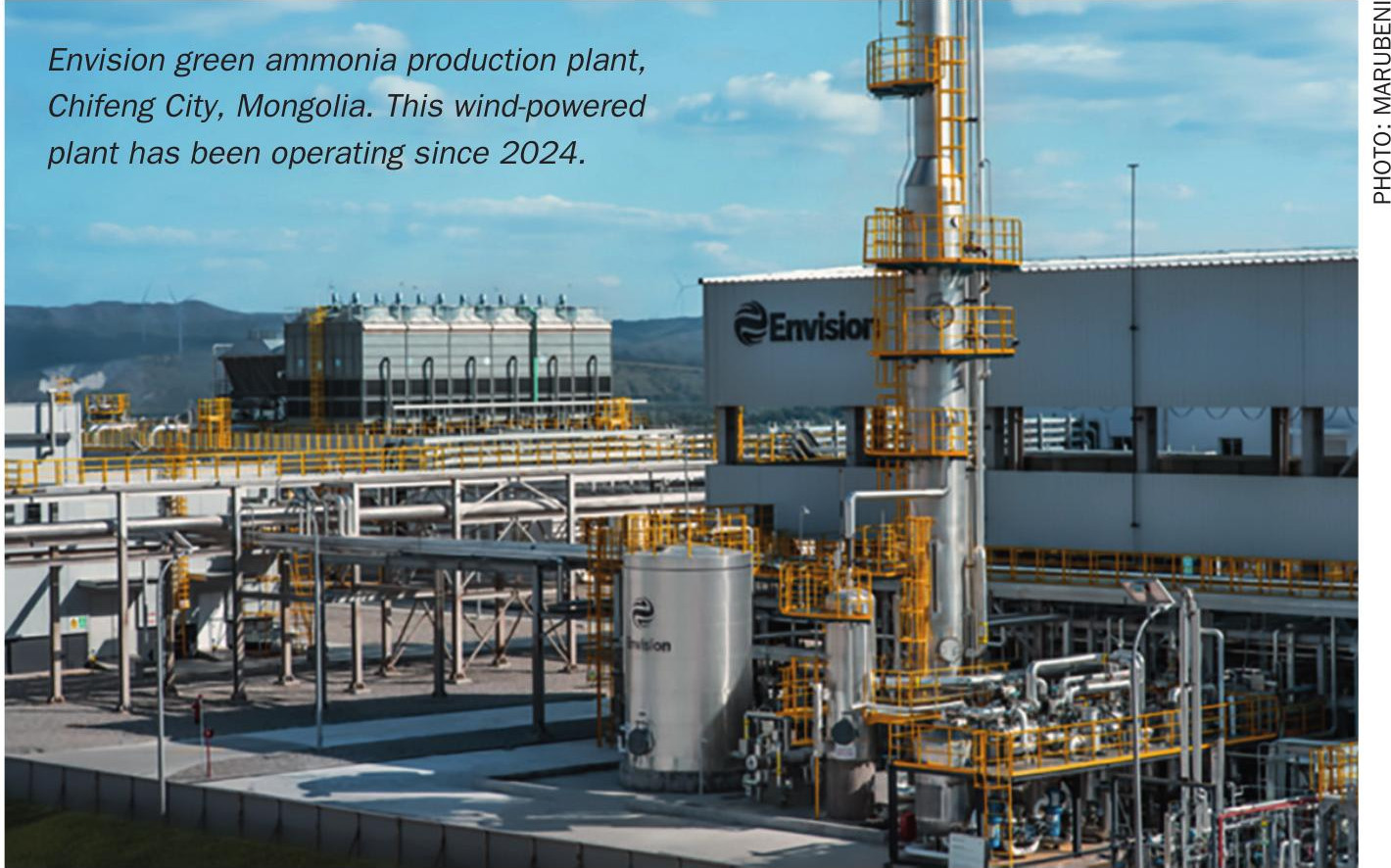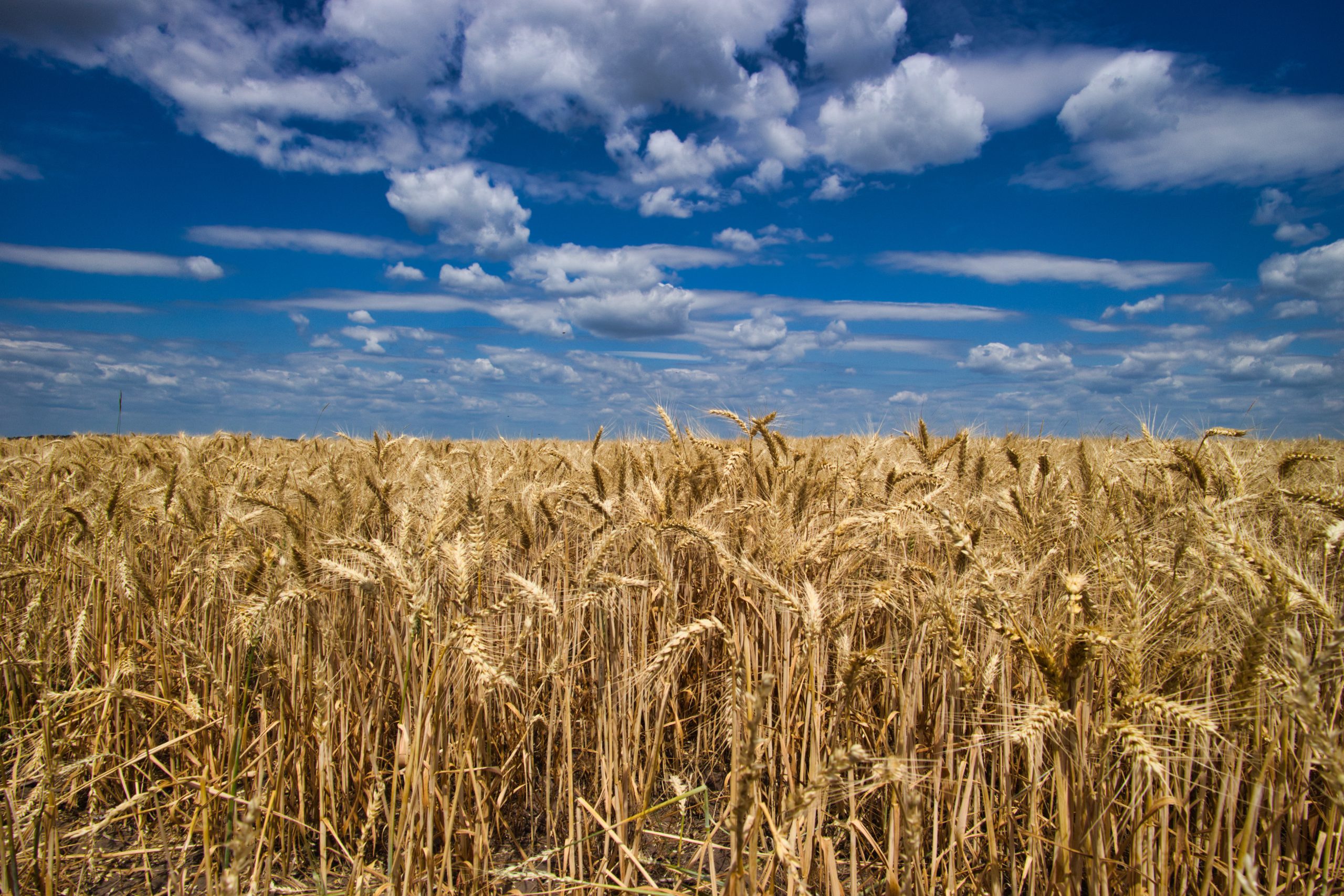Nitrogen+Syngas 394 Mar-Apr 2025

19 March 2025
New urea plant for Assam

In her Indian 2025-26 budget presentation on February 1st, finance minster Nirmala Sitharaman announced a $1.15 billion investment to build a new 1.27 million t/a ammonia-urea complex at Namrup in Assam province. The plant will be a brownfield development at the Brahmaputra Valley Fertiliser Corporation Ltd (BVFCL) site. Sitharaman said that it was part of the Indian government’s commitment to strengthening agricultural infrastructure and self-sufficiency in fertilizer production. The gas-based ammonia-urea plant is expected to start up in 2028-29 and will supply farmers in northeast and eastern India.
India currently produces around 32 million t/a of urea, short of demand of around 40 million t/a. The new plant is intended to reduce India’s dependence on imports as part of the government’s long-term goal of self-reliance in agricultural inputs and ensuring a stable fertilizer supply to farmers at affordable prices. While BVFCL will operate the new plant, state-owned National Fertilizers Ltd (NFL) will own 18% of the facility, while Hindustan Urvarak & Rasayan Limited (HURL) is expected to take a 13% stake.






